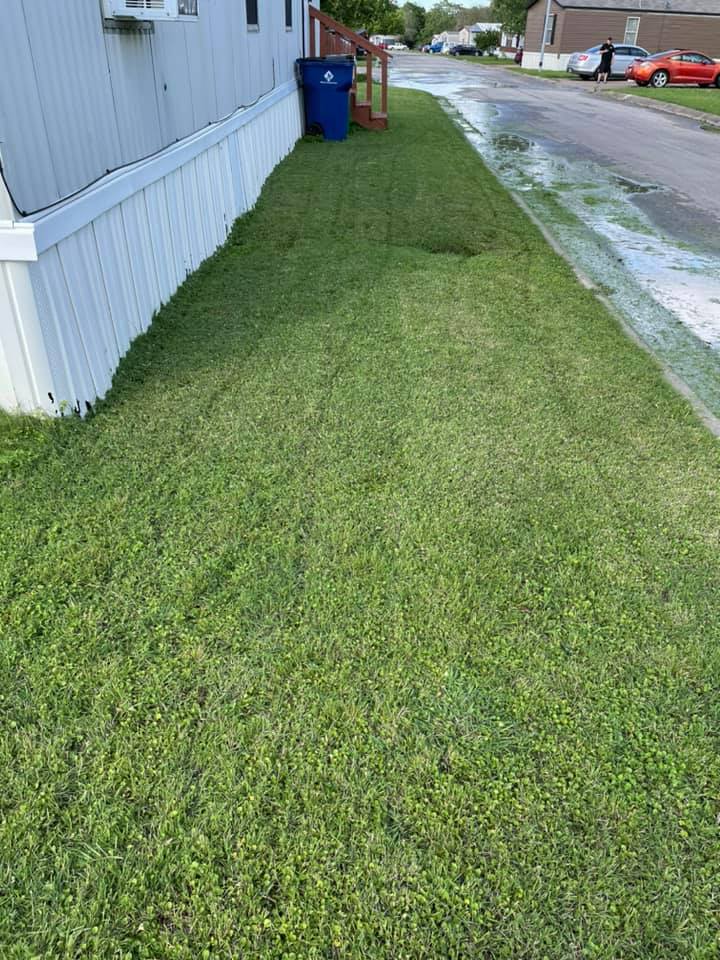
Expert Tips for Year-Round Lawn Maintenance: A Guide by Juniors Lawn Service Aug 11, 2025
Spring is the perfect time to rejuvenate your lawn after the long winter months. Begin by cleaning up any debris like leaves or dead grass accumulated during the cold season. Dethatching and aerating are crucial in spring to promote air circulation and allow nutrients to reach the grassroots. A well-aerated lawn offers the perfect foundation for stronger, healthier grass. Seeding should also be on your to-do list in spring. It helps fill bare patches and ensures a consistent lawn texture. Use high-quality seeds tailored to your region’s climate for the best results.
As summer rolls in, the focus should shift to hydration and disease prevention. Summer heat can stress your lawn, making consistent watering a top priority. Water your lawn early in the morning to reduce evaporation and ensure deep root soakage. Remember, deep and infrequent watering is more effective than frequent shallow watering. A vibrant summer lawn also requires proper mowing practices. Set your mower blades to the highest recommended setting for your grass type. This helps shade the soil, reduce water evaporation, and combat weed growth. Be cautious about over-fertilizing, as it can lead to disease outbreaks. Instead, use a slow-release fertilizer designed for summer application.
Fall is the time for recovery. This is when you prep your lawn for the approaching cold. Fall fertilization is critical since it helps fortify grass roots, enabling them to endure the winter. A high-phosphorus fertilizer aids in root development. Overseeding is another essential fall task. It fills in thin areas and thickens your lawn, making it more resilient. Do not forget to adjust your mower’s cutting height back to its normal level. Removing leaves and debris is also important to prevent lawn suffocation.
Winter might seem like a time to forget about lawn care, but a little effort can make a big difference. Traffic on a frosty lawn can damage the grass. Mark walkways to prevent trampling during snowy months. During winter, equipment maintenance is key. Sharpen your mower blades, clean tools, and plan for any necessary repairs. Snow on your lawn acts as an insulating barrier, so let it blanket the grass without disruption, reducing the chances of winter kill.
Finally, regardless of the season, regular monitoring of your lawn's health is essential. Keep an eye out for weeds, pests, and signs of disease, and take action immediately. By identifying and addressing problems early, you can save your lawn from significant damage.
Maintaining a year-round lawn requires dedication, but the results are well worth the effort. Consistent care, tailored to the specific requirements of each season, will ensure your lawn remains vibrant and healthy all year long. If you're ever in need of professional advice or services, don’t hesitate to reach out to Juniors Lawn Service. Our team is equipped to handle all your landscaping and hardscaping needs, ensuring your outdoor space remains a source of pride.
/filters:no_upscale()/media/563c94de-0489-4427-847d-e39daaecba00.jpeg)
/filters:no_upscale()/filters:format(webp)/media/2a1e486a-1ae1-4662-8d73-d38aee543159.jpeg)